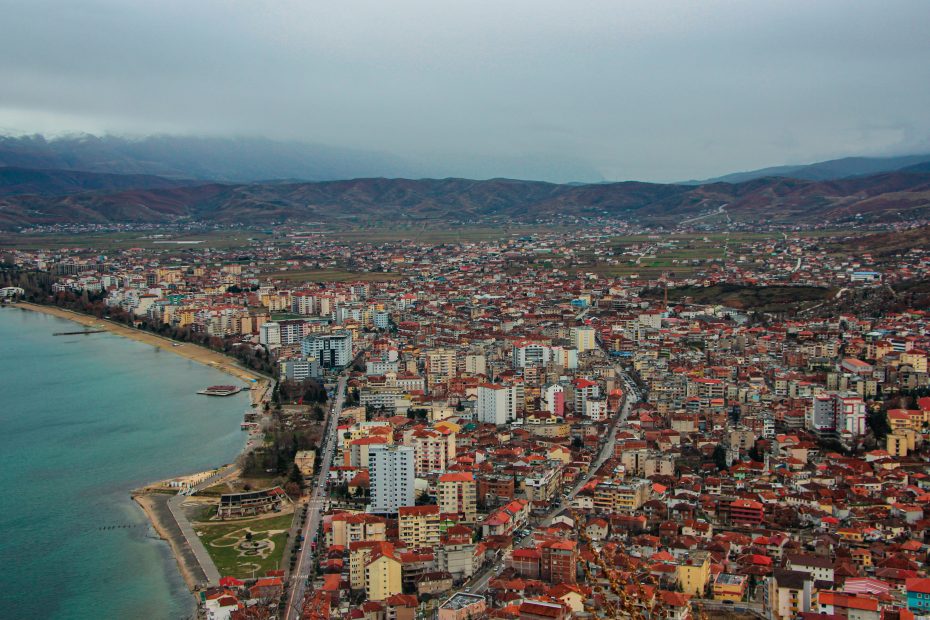Pristina, the capital of Kosovo, is a city with a rich history that spans millennia. Once an Illyrian settlement, Pristina later became an important city under medieval Serb rulers before falling under Ottoman control for nearly 500 years. While one of Europe’s youngest capitals, Pristina contains historic treasures that provide a window into its fascinating past. This article explores some of top sights and experiences for discovering the historic side of dynamic Pristina.
Table of Contents
A Rich History
Archaeological evidence shows Pristina was originally home to ancient Illyrian tribes, with settlements dating back nearly 3000 years. The city rose to greater prominence in the 14th century, when it became the capital of the medieval Serbian state under the rule of King Stefan Milutin and King Stefan Uros III. Many monasteries, churches and monuments were constructed during this golden age.
After the Ottoman conquest in 1455, Pristina took on an Eastern influence under Turkish rule. Mosques and ornate public baths were erected and the city developed into an important trading center on routes between eastern and western cultures. Pristina remained under Ottoman control until the First Balkan War in 1912, when Kosovo became part of the Kingdom of Serbia and later Yugoslavia.
Top Historical Sites to Visit
A walk through Pristina reveals many remnants of its varied past. An essential first stop is the Pristina Clock Tower, a landmark built in the 19th century during Ottoman rule. At its base is an intriguing stone slab featuring a 12-headed dragon and sun, thought to date from Illyrian times.
The excellent Ethnographic Museum documents traditional Kosovar culture with detailed recreations of household interiors, tools and folk costumes from around the country. Housed in an 18th century Ottoman-era building, its historic architecture is as interesting as the exhibits within.
No visit is complete without seeing the National Library of Kosovo, a futuristic structure containing over 2 million items. While the building itself is modern, the origins of the library trace back to 1944. Be sure to ask about seeing rare medieval manuscripts if open to the public.
Pristina’s resilience is embodied in the iconic Newborn Monument declaring “Newborn” in capital letters. Unveiled on Kosovo’s independence, it is repainted each year with a new creative design.
When Ottoman rulers conquered medieval Pristina, they built the imposing Sultan Mehmet Fatih Mosque in the heart of the city. With its massive dome and towering minarets, it remains one of Kosovo’s most important mosques today.
Not far away is the Carshi Mosque, constructed in the 15th century. It continues to function as a mosque and is home to a library of ancient manuscripts.
For a taste of historic everyday life, explore Pristina’s Historic Center and Old Bazars. Its winding pedestrian lanes are lined with traditional Balkan buildings housing cafes, shops and bakeries around central squares.
Beyond the Capital
While Pristina has plenty to offer, several day trips provide a chance to explore more of Kosovo’s historic treasures. The city of Prizren contains postcard-perfect Ottoman architecture like the 16th century Stone Bridge and Sinan Pasha Mosque.
Peja is home to the medieval Visoki Decani Monastery, founded in 1327 CE with stunning frescoes and marble work. The historic town of Gjakova contains sites like the Hadum Mosque and Old Bazaar.
Experiencing the Culture
Beyond seeing historic landmarks, Pristina provides many opportunities to experience traditional Kosovar culture. Museums like the Museum of Kosovo provide an overview of regional history from prehistoric to modern times.
For a taste of local life, stroll the Emin Gjiku Ethnographic Street with its charming houses and artisan workshops. Listen for the rhythm of Albanian music at street festivals or sip Turkish coffee at a cafe.
While the cuisine has been influenced by Balkan, Turkish and Mediterranean flavors, restaurants in Pristina spotlight Kosovar specialties. Be sure to sample stuffed peppers, flija pancakes, fermavet cheese and other hearty local dishes.
With many remnants of its complex past, Pristina offers visitors the chance to step back in time and explore the historic treasures of Kosovo’s dynamic capital.
Conclusion
Pristina may be one of Europe’s youngest capital cities, but its long history is unveiled in the many architectural and cultural treasures found within the city. From ancient Illyrian artifacts and medieval Serbian Orthodox sites to Ottoman mosques and markets, the varied historic influences on this city can be discovered firsthand. Beyond the major sights, experiences like museums, festivals and local cuisine provide a deeper understanding of the Kosovar heritage. By exploring the historic dimension of Pristina, visitors are rewarded with insights into the rich culture and resilience of both Kosovo’s capital and its people.
FAQs
What time period did the Ottomans rule Pristina?
The Ottomans conquered Pristina in 1455 and controlled the city for nearly 500 years until 1912, when Kosovo became part of Serbia and later Yugoslavia after the First Balkan War.
What is the Newborn Monument?
The Newborn Monument consists of the word “Newborn” painted in large capital letters on a rectangular pillar. It was unveiled on the day Kosovo declared independence in 2008 and is repainted each year with a new creative design.
What medieval Serbian rulers built up Pristina?
King Stefan Milutin and King Stefan Uros III expanded Pristina and constructed many monuments, churches and monasteries in the 14th century during the medieval Serbian empire.
What can you see at the Ethnographic Museum in Pristina?
The Ethnographic Museum showcases traditional Kosovar culture with detailed recreations of traditional interiors, clothing, tools and artifacts from around the country.
What is a good day trip from Pristina to see more historic sites?
The city of Prizren, with its Ottoman-era architecture, and the town of Peja, home to the 14th century Visoki Decani Monastery, make excellent day trips from Pristina to see more kosovar historic treasures.
